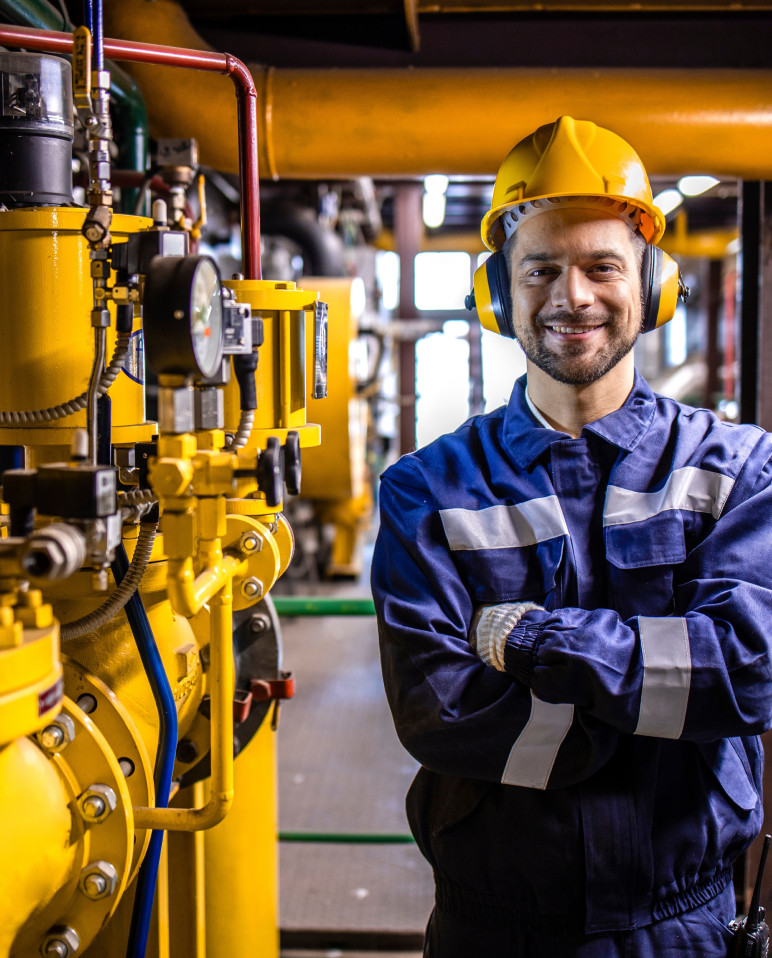The Roar Solutions Diaries
The Roar Solutions Diaries
Blog Article
Our Roar Solutions Diaries
Table of ContentsThe Definitive Guide for Roar SolutionsOur Roar Solutions Ideas4 Simple Techniques For Roar Solutions
In such an atmosphere a fire or explosion is possible when 3 fundamental problems are satisfied. This is commonly referred to as the "unsafe area" or "burning" triangular. In order to protect installations from a possible explosion a method of evaluating and classifying a possibly hazardous area is required. The objective of this is to make certain the proper selection and installation of tools to inevitably stop a surge and to make sure safety and security of life.
(https://profiles.delphiforums.com/n/pfx/profile.aspx?webtag=dfpprofile000&userId=1891249800)
No equipment needs to be mounted where the surface area temperature of the devices is better than the ignition temperature level of the provided hazard. Below are some usual dust dangerous and their minimal ignition temperature level. Coal Dirt 380C 225C Polythene 420C (thaws) Methyl Cellulose 420C 320C Starch 460C 435C Flour 490C 340C Sugar 490C 460C Grain Dirt 510C 300C Phenolic Resin 530C > 450C Aluminium 590C > 450C PVC 700C > 450C Soot 810C 570C The likelihood of the hazard being present in a focus high enough to cause an ignition will certainly vary from location to location.
In order to classify this threat an installation is divided right into locations of risk relying on the amount of time the dangerous exists. These areas are described as Zones. For gases and vapours and dusts and fibers there are 3 zones. Area 0 Zone 20 A harmful environment is extremely most likely to be existing and may exist for extended periods of time (> 1000 hours annually) or even continually Area 1 Area 21 A dangerous ambience is possible however unlikely to be present for extended periods of time (> 10 450 C [842 F] A classification of T6 suggests the minimal ignition temperature is > 85 C [185 F] Dangerous location electrical tools perhaps created for use in greater ambient temperature levels. This would indicated on the score plate e.g. EExe II C T3 Ta + 60C( This indicates at 60C ambient T3 will certainly not be surpassed) T1 T1, T2, T3, T4, T5, T6 T2 T2, T3, T4, T5, T6 T3 T3, T4, T5, T6 T4 T4, T5, T6 T5 T5, T6 T6 T6 A T Class rating of T1 implies the optimum surface temperature produced by the instrument at 40 C is 450 C. Presuming the connected T Course and Temperature level score for the equipment are appropriate for the location, you can constantly make use of a tool with an extra stringent Division score than needed for the location. There isn't a clear solution to this inquiry. It actually does depend upon the type of equipment and what repair work need to be performed. Devices with details examination treatments that can not be performed in the field in order to achieve/maintain 3rd celebration ranking. Have to return to the factory if it is before the equipment's solution. Field Fixing By Authorised Personnel: Complicated testing might not be needed nevertheless specific procedures might require to be followed in order for the devices to maintain its 3rd party score. Authorised personnel have to be used to perform the work appropriately Repair service must be a like for like substitute. New element need to be taken into consideration as a straight replacement calling for no special screening of the tools after the repair service is complete. Each tool with a dangerous rating must be assessed individually. These are described at a high level below, however for more comprehensive details, please refer straight to the standards.
Roar Solutions Things To Know Before You Buy
The equipment register is a comprehensive database of devices documents that consists of a minimum set of fields to recognize each item's area, technical parameters, Ex classification, age, and ecological data. The ratio of Comprehensive to Close assessments will certainly be established by the Devices Danger, which is evaluated based on ignition danger (the chance of a resource of ignition versus the probability of a flammable atmosphere )and the unsafe area category
( Zone 0, 1, or 2). Implementing a durable Risk-Based Inspection( RBI )technique is crucial for ensuring compliance and safety and security in taking care of Electric Equipment in Hazardous Areas( EEHA).
Roar Solutions Can Be Fun For Everyone

In terms of eruptive risk, an unsafe area is an atmosphere in which an explosive environment exists (or may be expected to be present) in amounts that need unique precautions for the building, setup and use of equipment. eeha certificate. In this write-up we explore the challenges encountered in the office, the danger control actions, and the required proficiencies to function safely
These substances can, in certain problems, create explosive atmospheres and these can have major and heartbreaking effects. Many of us are familiar with the fire triangular get rid of any one of the three elements and the fire can not take place, but what does this mean in the context of hazardous locations?
In most circumstances, we can do little concerning the degrees of oxygen airborne, however we can have significant impact on resources of ignition, his comment is here for example electric tools. Harmful locations are documented on the harmful area classification illustration and are identified on-site by the triangular "EX LOVER" indication. Below, amongst other crucial details, areas are divided into three types relying on the threat, the probability and period that an explosive atmosphere will certainly exist; Area 0 or 20 is deemed the most hazardous and Zone 2 or 22 is regarded the least.
Report this page